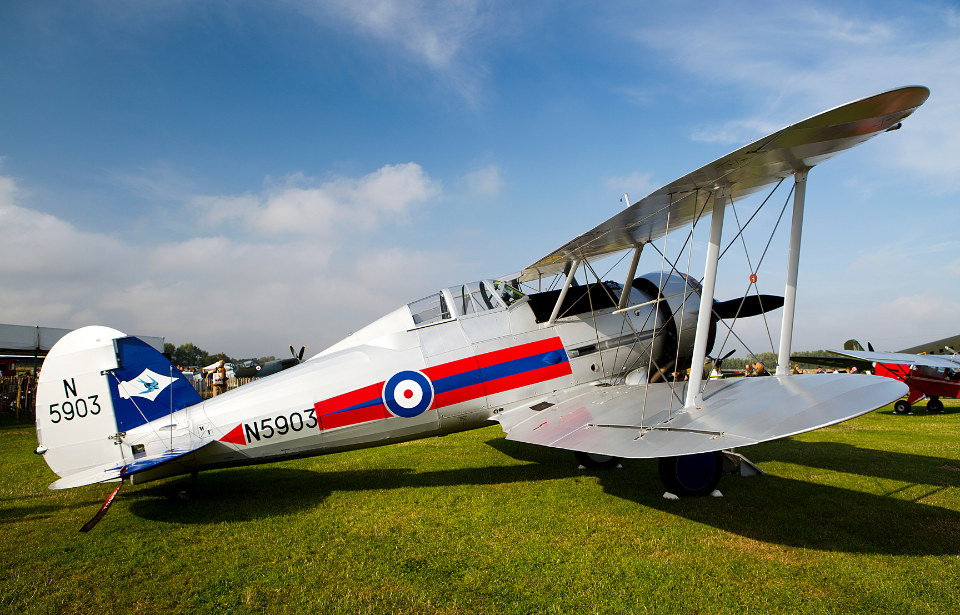When Italy joined the Second World War, the island of Malta found itself immediately under attack. The only defenses available were three Gloster Sea Gladiators that were expected to go up against the entire Italian Air Force – and they did! They, surprisingly, held their own and gave hope to the Maltese people.
Original plans for Malta
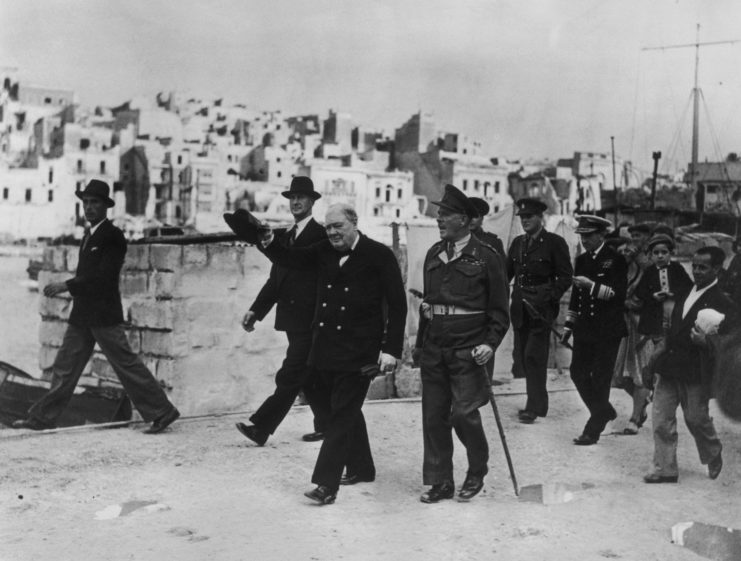
When the Second World War began, Britain was in possession of the Mediterranean island of Malta. Its location was of much importance, not just during the war but in general, as it was an important linking post for Gibraltar and the Suez Canal. Malta’s location was also dangerous, as it was the last barrier between Sicily and the Italian colony of Libya in North Africa.
Before Italy joined the war, there were plans under consideration for the British government to gift Malta to the Italians as a way of bribing them from entering the conflict. Thankfully, Prime Minister Winston Churchill, who once called the island an “unsinkable aircraft carrier,” stepped in to help put an end to the idea. This was a key decision, as Italy soon joined in favor of the Axis powers on June 10, 1940.
When Italy joined the war, Malta became a target
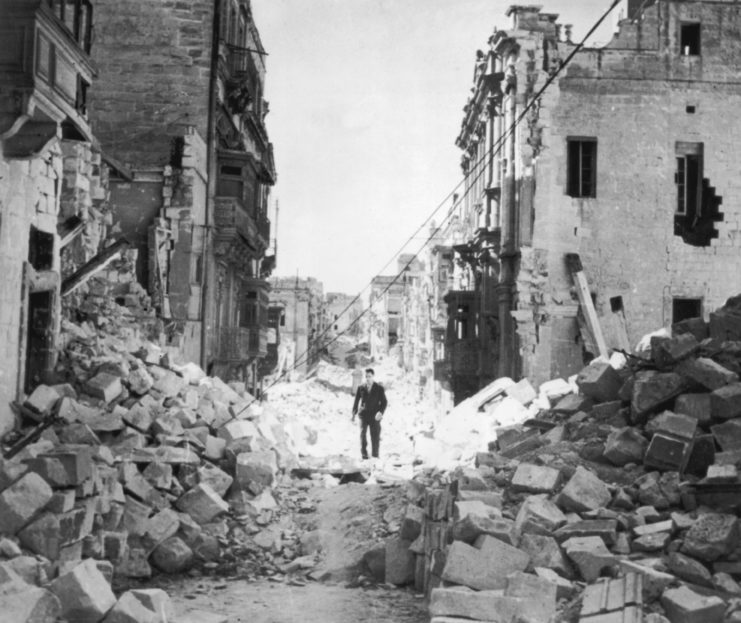
Almost immediately after entering WWII, Italy targeted and began to bomb Malta. Starting from June 11th, the Italian Regia Aeronautica made multiple assaults on the island using their Macchi C.200 Saetta monoplane fighters and Savoia-Marchetti SM.79 Sparviero bombers. The Italian Air Force was particularly focused on Valletta harbor, with the area eventually receiving some of the fiercest bombings in the history of the war.
Despite the importance of Malta to the British effort to hold onto the Suez Canal, there were virtually no British troops stationed on the island. When the Italians began bombing, Malta had almost no means of protecting itself. Help came in an unexpected form.
Gladiator biplanes were all that were available
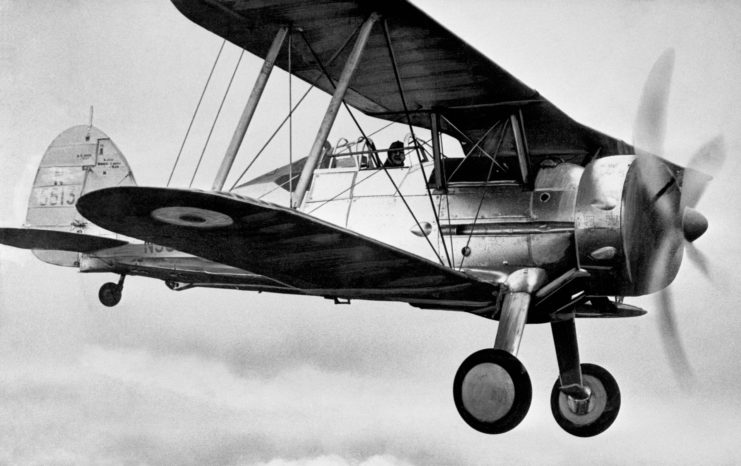
Air Commodore Foster Maynard was on the island at the time. He’d discovered multiple packing crates housing disassembled Gloster Gladiator biplanes dating back to 1934. They were left behind by a visiting aircraft carrier, and after receiving permission from the Royal Navy to use them, mechanics began to re-assemble three of them, leaving the rest for spare parts and backups.
The Gladiator biplane had become almost obsolete by the outbreak of the war. These aircraft only had a maximum speed of about 257 miles per hour – significantly less than the Italian aircraft – but they were easy to learn how to fly, durable, and maneuverable. Of the six volunteer pilots, only one had ever flown a Gladiator before. After some extremely quick training, however, the unit became known as the RAF Station Fighter Flight.
Somewhere along the way, they earned their nicknames
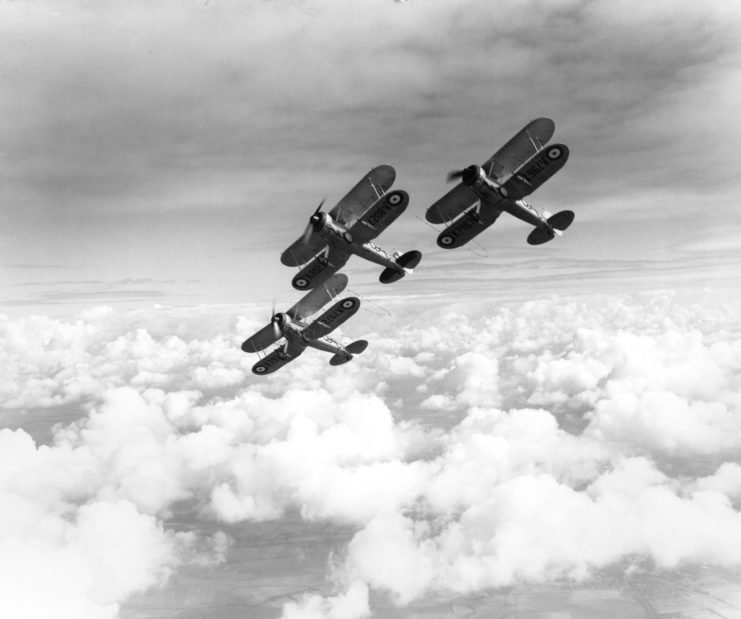
Over the course of the next 10 days, these six pilots engaged Italian fighter planes in the skies above Malta. The Gladiators were flown fearlessly and skillfully. In fact, Italian pilots were forced to begin flying more defensively, causing them to lose accuracy and drop their bombs off-target. Several Italian aircraft were shot down, with only one British plane taken out by the end of July.
One of the pilots, Flight Lieutenant James Pickering, recalled several years later what it was like taking to the sky in one of these aircraft. “You would take off in a Gladiators with some of the few Hurricanes we had on the island and head up towards the Italians,” he explained. “Sometimes there would be a hundred plus—clouds of bombers and fighters swarming above. And then, in a moment, you would be on your own—everything else had overtaken you.”
It is unclear exactly how or when the three Gladiators earned their nicknames, but they offered the Maltese people exactly the sentiments they were named after – Hope, Faith, and Charity.
More aircraft eventually joined the effort in Malta
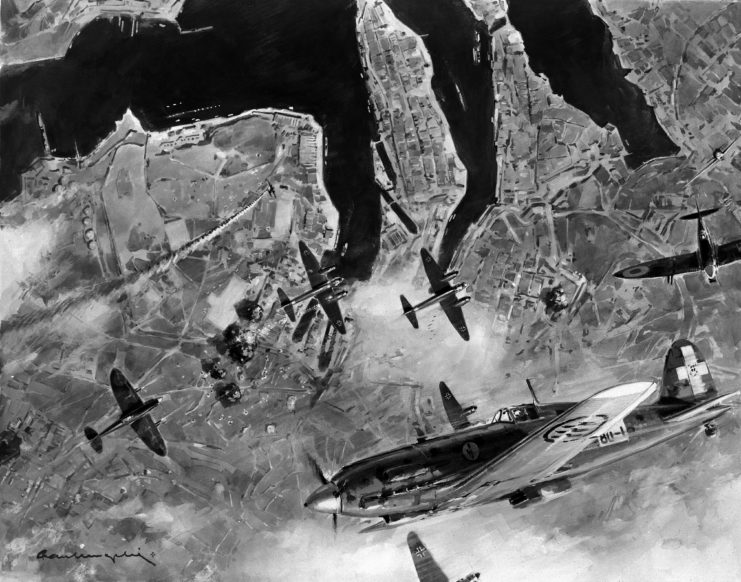
By the end of June, several Hawker Hurricane fighters and Supermarine Spitfires had been brought to Malta to help increase defenses against the Italians. However, they were not enough to fend them off alone, so the Gladiators continued to fight alongside the fighters. For almost two and a half years, the Germans and Italians continued to bomb Malta in the hopes of forcing the island into submission.
More from us: Relic Hunters Surprised By What They Discovered In WWII-Era Bomber
What they didn’t expect was the three Gladiators providing the Maltese people with something to have hope in. With that hope, the Maltese people were able to hold their own even against formidable odds.
